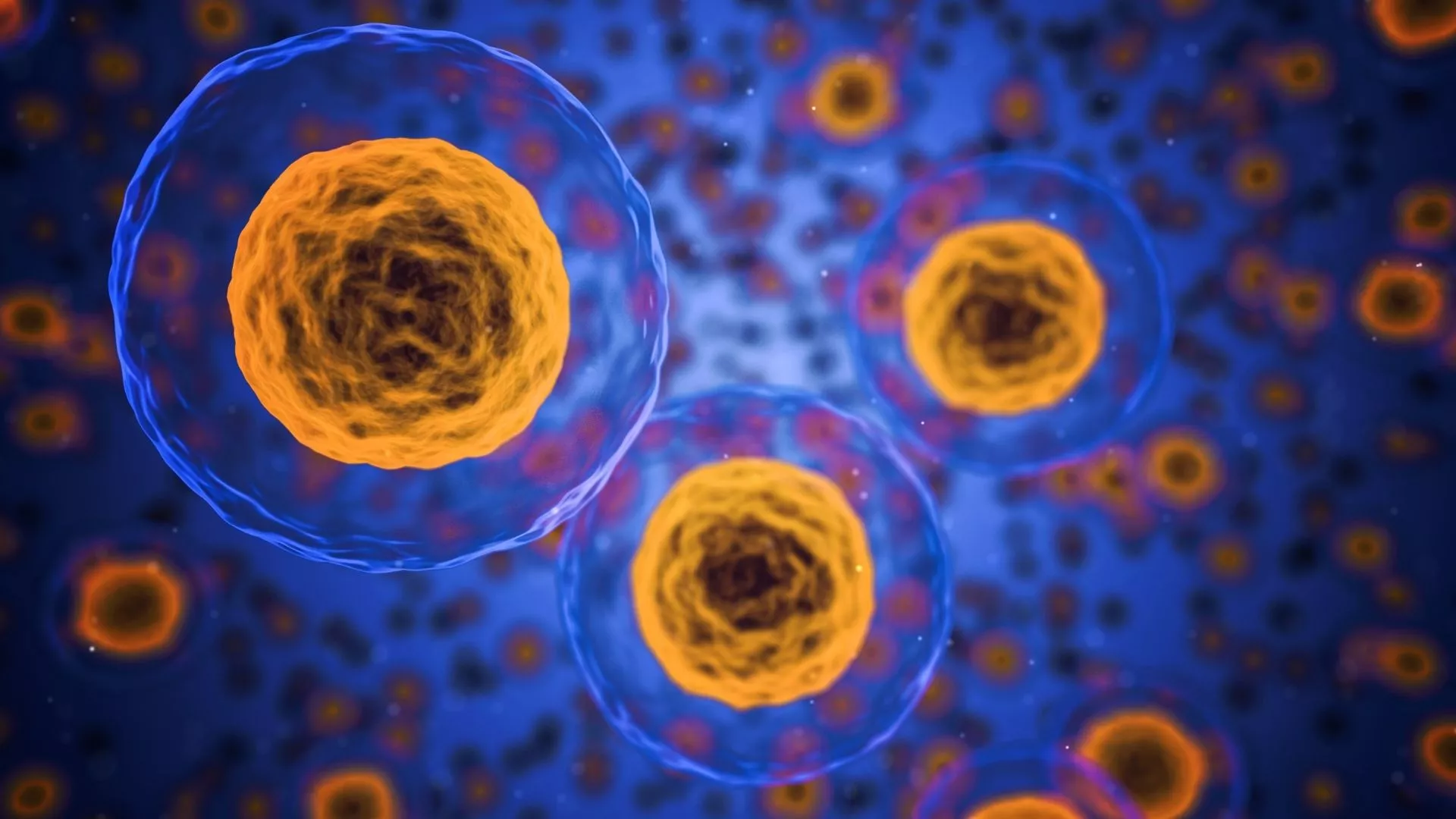
Oystercatchers | The Salt Marsh
Photo
Boldly patterned in black and white, the stocky American oystercatcher is hard to mistake. It has long red legs and a large red bill. As the name suggests, they feed mainly on oysters, although they...








